
Yes, advances in Bluetooth codec technology mean it’s now possible to wirelessly shift much more digital audio information than it was previously. But even the most efficient Bluetooth codec is lossy, which means you’re never getting the complete sonic picture.
Hed Unity thinks it’s solved this problem - by bypassing Bluetooth altogether and using Wi-Fi to losslessly stream high-resolution audio information from music streaming services or local storage. Hed Unity is not the first brand to have hit on this idea. But if the Unity headphones can pull it off, without having a ruinous effect on battery life, then this will indeed be “the world’s first wireless high-definition lossless audio headset” as the Hed Unity website claims.
(Oh, and for the sake of both brevity and sanity: from here, I’ll be referring to the brand as ‘Hed’ and the product as ‘Unity’. Because ‘Hed Unity Unity’ is not an elegant description, especially not for a product that costs as much as this.)
Hed Unity: Price & Release Date
The Unity headphones are on sale now, and in the United Kingdom they sell for £1795 per pair. In the United States you’ll need to part with $2199 to get into Hed Unity ownership. While in Australia they’ll set you back AU$3299 or something very like it.
Need I say with undue emphasis that this is an awful lot of money for a pair of wireless headphones? Even headphones with a unique selling point? I remember how everyone at T3.com scoffed at the price of the Mark Levinson No.5909 wireless headphones I reviewed last year - look a bit of a bargain now, don’t they?
Hed Unity review: Features & What's New?
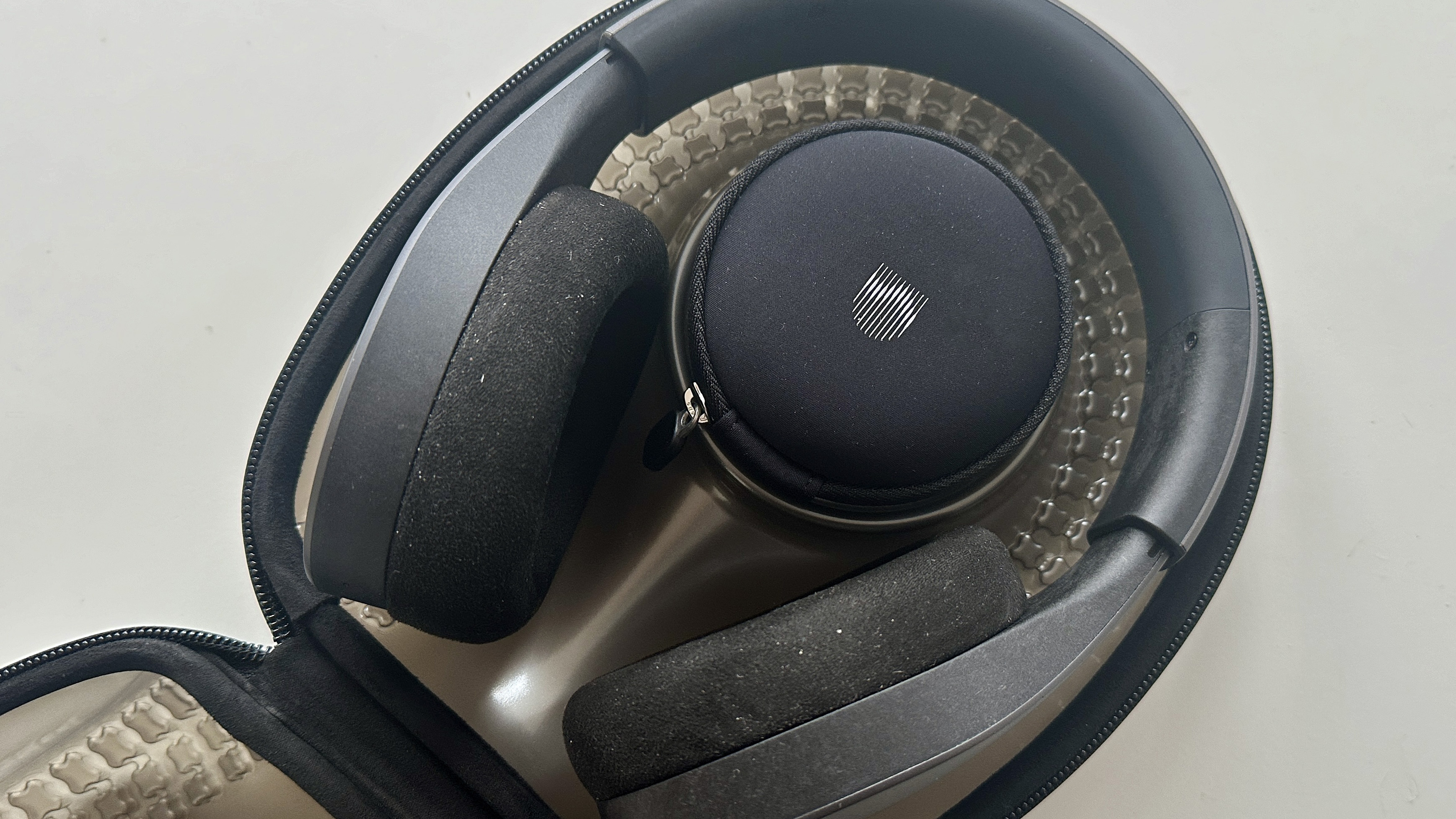
The Hed Unity use Bluetooth 4.2 if you want to stream music this way - it’s compatible with the SBC and AAC codecs. But, of course, this is not much more than a courtesy - the Unity are ready to stream wirelessly using Wi-Fi. And when you go about things this way, accessing music from a streaming service or some local storage, losslessly, at a resolution of up to 24bit/96kHz, the fact that Hed calls this ‘Full Fidelity’ seems fair enough.
Once the audio information is on board, it’s served up by a couple of 40mm titanium-coated full-range dynamic drivers that are good, according to Hed, for a frequency response of 20Hz - 20kHz. And you can enjoy the sound for anywhere between six and eight hours from a single charge - it depends on the sort of volume you’re listening at, and whether active noise-cancellation (ANC) is switched on or not, but either way it demonstrates that Hed has, at least, cracked the issue with battery life that has made Wi-Fi headphones a non-starter until now.
When the battery needs charging, there’s a USB-C socket on the left earcup for that purpose. It’s also good for data transfer, so the Unity can be used as wired headphones too. A USB-A to USB-C cable, a USB-A to USA-C adapter, and a USB-C to 3.5mm adapter are all included in the Unity packaging, along with an interestingly shaped and rather technical-looking ‘SkyDex’ carry-case.
There are eight digital mics and another four analogue mics distributed across the chassis of the Unity. They’re in charge of assessing ambient conditions on behalf of the ANC circuitry, and take care of telephony too. And thanks to an ‘inertial measurement unit’ consisting of a three-axis gyroscope, three-axis accelerometer and three-axis compass, the Unity has a nine-axis head-tracking and motion-detecting arrangement which is extremely useful where audio AR and what-have-you is concerned.
Hed Unity review: Performance

The ‘design and usability’ section details some of the issues apparent with the Unity control app, but for the purposes of this ‘performance’ section I’m going to go ahead and assume you’ve been fortunate enough to get the app to do what you want it to do. And it’s worth persevering, I promise (even if you really shouldn’t have to) - because these Hed headphones sound profoundly impressive.
It’s difficult to know which aspect of their audio performance is most immediately impressive about the Unity. Is it the sheer amount of detail they reveal and expertly contextualise? Certainly it seems like no occurrence in a recording is too minor, too fleeting or too deep in a mix to be overlooked.
Is it their utterly naturalistic and convincing tonality? There’s no denying these headphones sound balanced and convincingly musical - even if the music they’re playing emerged directly from a laptop. The crisp, bright and substantial levels of attack at the top of the frequency range are impressive.
Is it the martial way they control their deep, textured low frequencies in order to make sure momentum is maintained and rhythmic expression is compelling? The extraordinary way they give vocalists of all types, all techniques and all levels of expertise absolute freedom of expression, and imbue their performance with all the character and emotion within it is captivating.
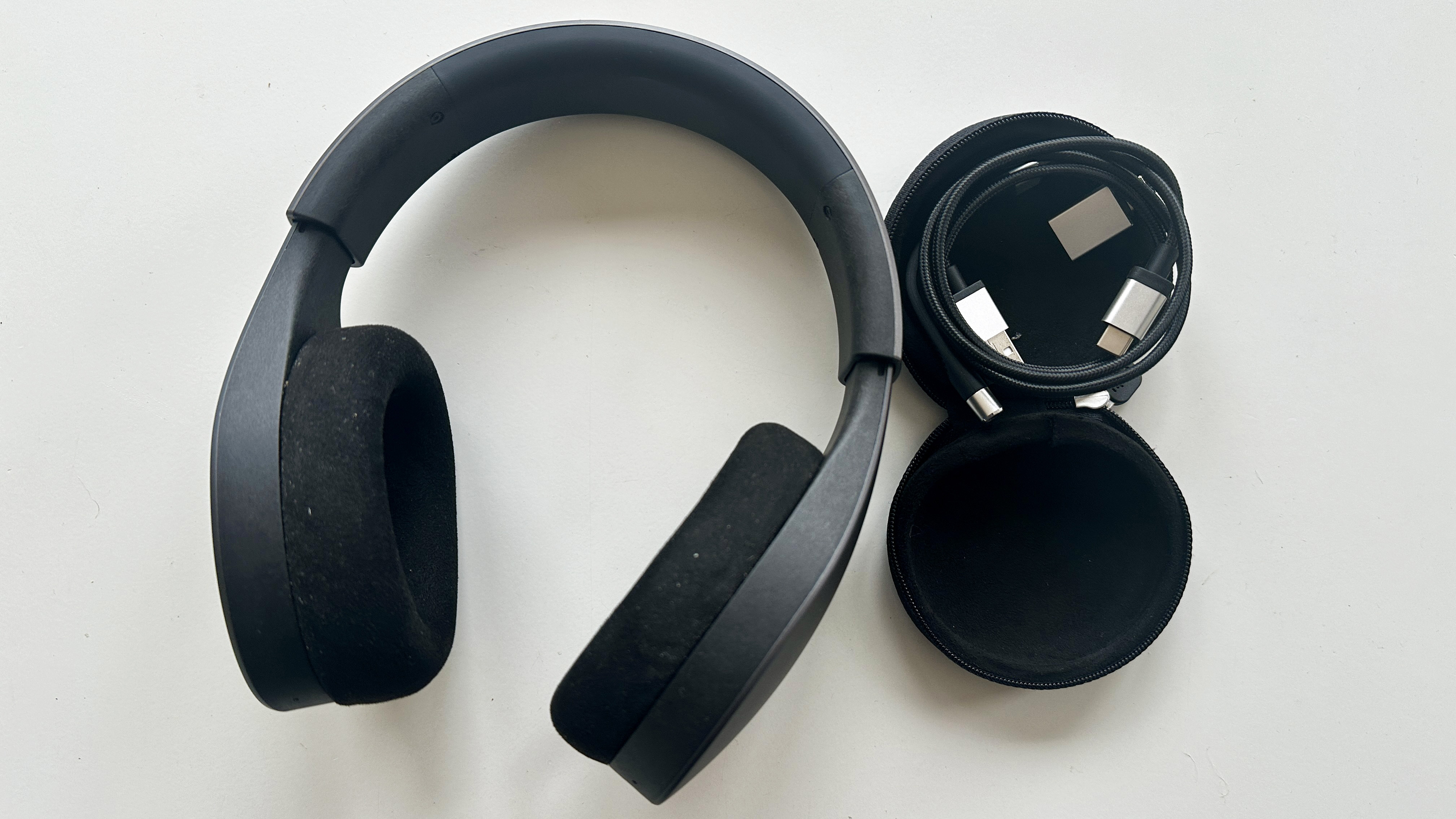
In truth, it’s all of those things and more. It’s the way each of the talents I’ve mentioned above goes to creating a unified, overarching sense of performance to digital audio files - especially those 24bit/96kHz files the Unity are capable of handling with no loss of data. It’s the amount of dynamic headroom that’s available, allowing the headphones to shift from ‘near-silence’ to ‘full-on attack’ in a heartbeat, and then back again. It’s in the way the Hed can reveal new aspects of a recording you thought you were familiar with, as a matter of routine.
As long as the app lets you listen to the recording from start to finish without in some way falling down or messing up, that is.
Where active noise-cancellation is concerned, the Hed Unity can’t summon the same sort of stratospheric performance, it has to be said. There’s nothing actively wrong with the way they deal with external distractions, you understand - certainly they don’t shift their sound in response to the ANC circuitry being switched on or off, which is more than can be said for any number of ANC-equipped wireless headphones. But they don’t do a complete job of dealing with ambient sound, especially low-frequency stuff. Reduce? Yes. Cancel? Not really.
Hed Unity review: Design & Usability
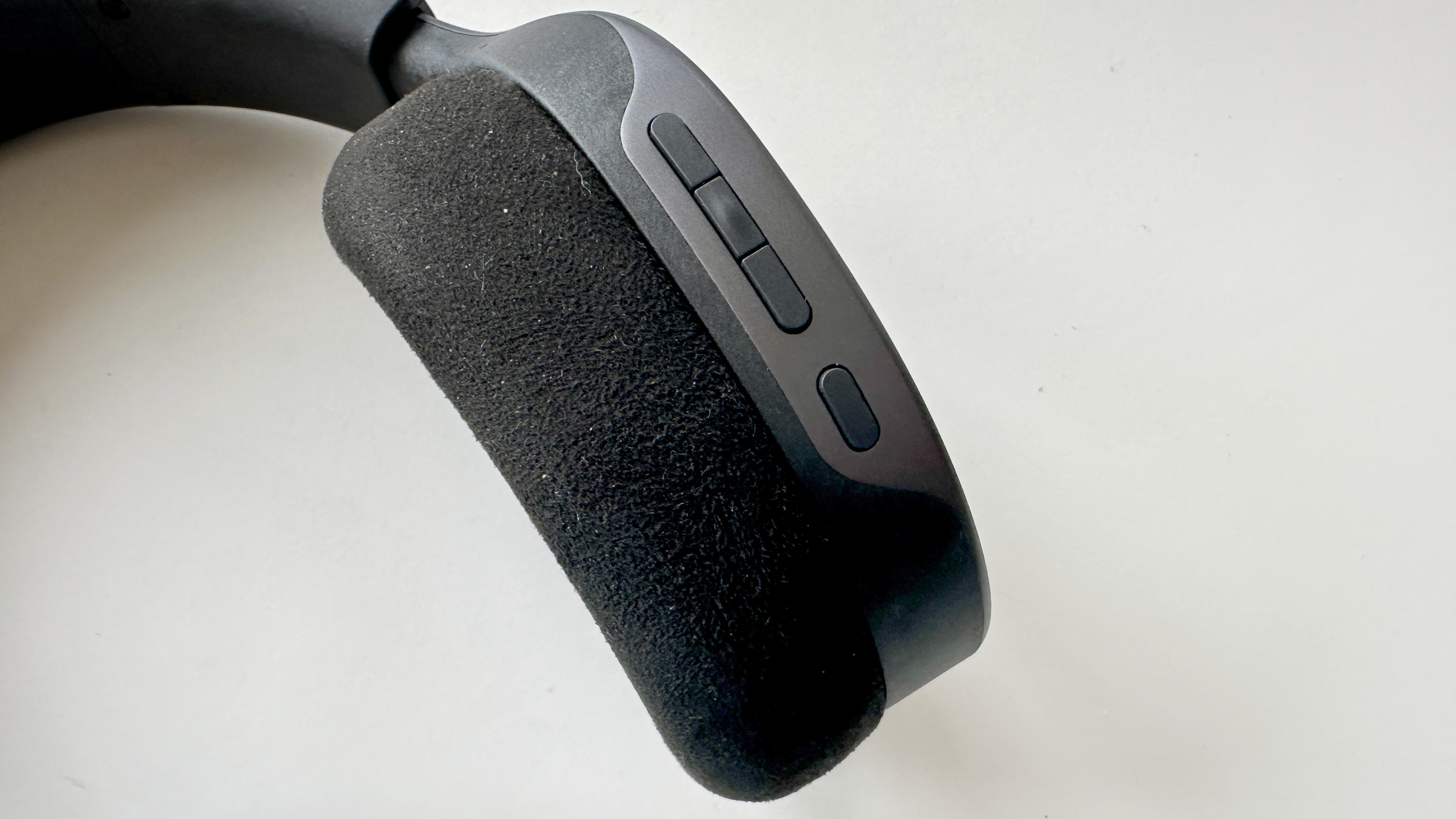
Where ‘design’ is concerned, Hed is up against it with the Unity. After all, who’s interested in some over-ear headphones that radically reinterpret the established design? Exactly.
To be fair, though, the company has at least made an effort to imbue what is a predictable shape with a little perceived value. The outer facings of the earcups, for example, are milled from a single billet of ‘6063’ architectural-grade aluminium - it’s lightly anodised, cool to the touch, and looks expensive in a confidently understated sort of way. It’s attached to a frame that’s made of nylon with carbon-fibre reinforcement - it’s a material that rejects vibration, and combines strength with light weight (the Unity tip the scales at just 421g). The headband features a little more of this material, along with polyamide - the adjustment mechanism is concealed inside, and moves with well-judged resistance.
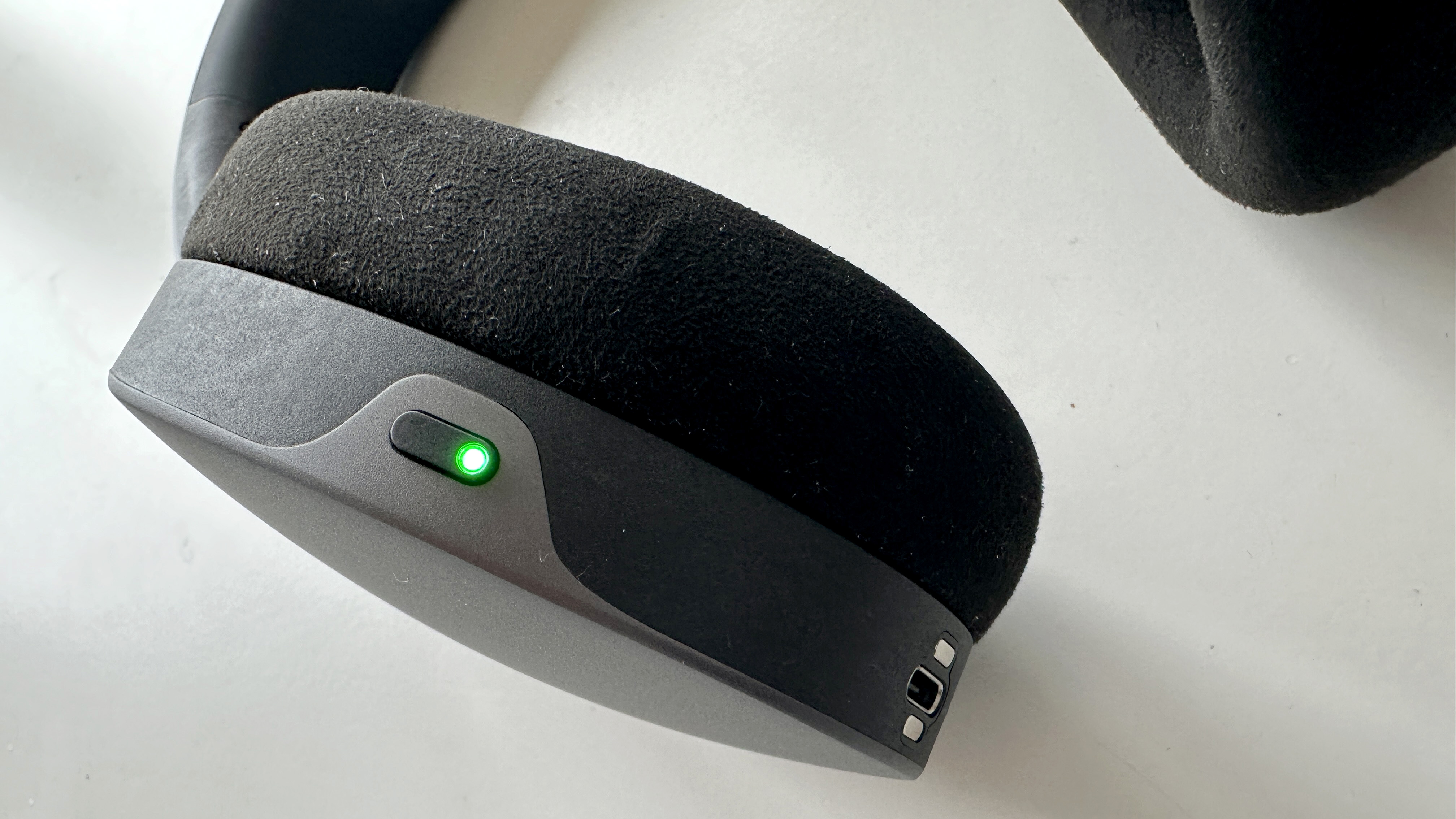
The earpads are made of memory foam combined with cooling gel, and they’re covered by a soft microfibre material that feels and looks good. The broad aesthetic is clean and quite sophisticated, an impression only strengthened by the minimal ‘Unity’ branding on one side of the headband.
As far as usability is concerned, however, I can deal quite quickly with the touch-control and voice-assistant options here - there aren’t any. Perhaps you, like me, were expecting your expenditure to buy you as many control options as possible - but that’s not the case. Apparently there will be a native Hed Unity voice-assistant arriving early in 2024, but as of right now getting what you want from the Hed Unity is done either using the physical controls on the right earcup or the ’Unity’ control app that’s free for iOS and Android.
There are three buttons, arranged in the familiar strip, along the edge of the right earcup - these take care of volume control, playback functions and telephony. A fourth button sits a little apart, and can have its function specified in the control app.

The app itself also features basic playback controls, a toggle to switch active noise-cancellation on or off, an indication of remaining battery life, and a nine-band EQ along with a number of presets. It also incorporates Hed's ‘multisource music player’ - which is a fancy-pants way of describing its ability to examine your local media files, any DLNA or UPnP devices on a common network, and to integrate your Qobuz or Soundcloud accounts. Apple Music and Spotify Connect are supported via their own apps, while the likes of Amazon Music, Deezer and Tidal currently aren’t supported at all. The word is that Tidal Connect will be available via firmware update in the coming months, though.
The problem, when the discussion is about ‘usability’, is that the Unity app is one of the flakier examples of its type I’ve seen in a while. It can sometimes take a while to load. It easily forgets what it was meant to be doing, especially if you’re careless enough to let your smartphone (or whatever you’re using to operate the app) go to sleep. When you wake it, the app will often be confused about what it’s meant to be playing, how far along the selected tune is, the resolution at which it’s playing… and it’s not above just going back to the start of the playlist you were enjoying listening to and starting over.
Just as a ‘for instance’: as I’m typing this, the screen of my Apple iPhone 14 Pro that has the Unity app loaded has gone to sleep. And when I wake it, the app displays the album artwork for the first song in the playlist, despite the fact we’re five songs in now. It doesn’t know how long the song has been playing for or how long is left. It won’t skip forwards or backwards. And when it reaches the end of the fifth song, it starts playing the second song - presumably because until then, it was displaying the artwork for the first song.
The Unity control app presents itself very much like an app that’s in the early stages of beta testing, rather than a finished item that’s meant to put you in control of some wildly expensive headphones. And if there’s anything more certain to undermine the whole ownership experience, I’d like to know what it is.
Verdict
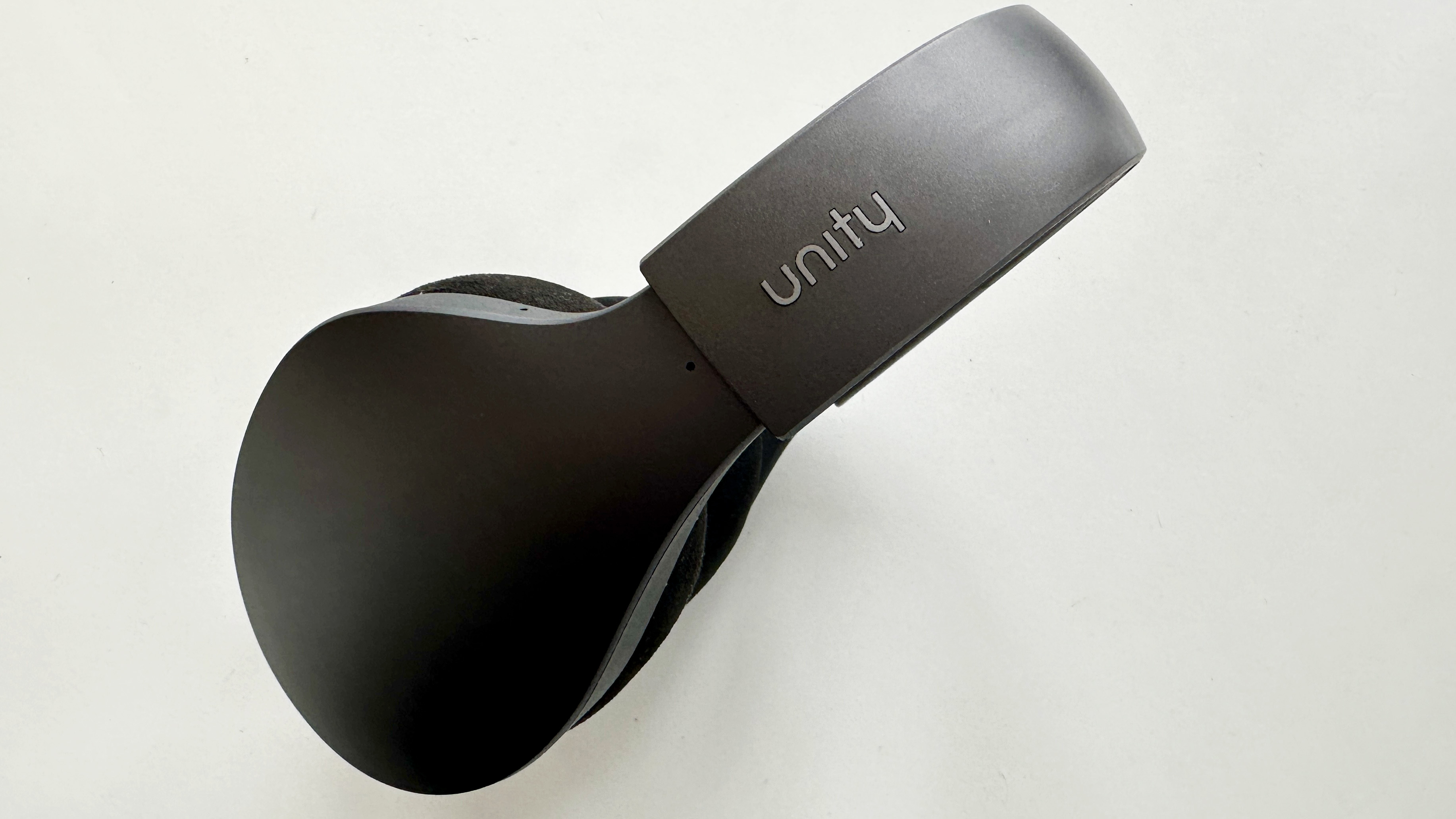
These are the best-sounding wireless headphones I’ve ever heard. There, I said it.
But there’s no way I would spend this sort of money on them, and there’s no way I can recommend you should either - they lack touch-control, they currently lack a voice assistant, and they’re afflicted by the buggiest, flakiest and, consequently, most annoying control app I’ve encountered in many a long year.
So I think we should all just sit tight and wait for Unity v2. Because with sound quality this remarkable, if usability is made to match it then Hed is onto a future winner for audiophiles.
Also consider
If you want to hear lossless high-resolution audio through headphones, the only alternative to the Hed Unity (at the moment, at least) is a pair of wired headphones attached to a hi-res source of music. Something like the Grado GS3000x Statement, for example. But that is to miss the point somewhat.
So where wireless headphones are concerned, consider the Mark Levinson No.5909 - they suddenly look like a bit of a bargain, and they sound impressive even though they’re ‘only’ a Bluetooth design.
Or perhaps the Bowers & Wilkins PX8 are worth auditioning - they have plenty to recommend them, and you’ll have enough money left over from the asking price of the Hed Unity for a nice holiday or something.







